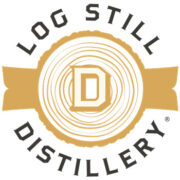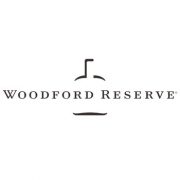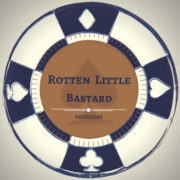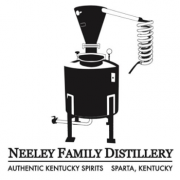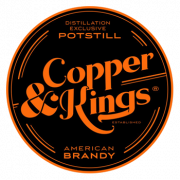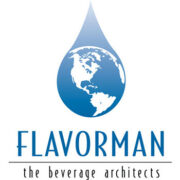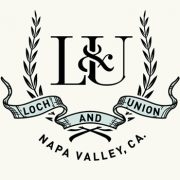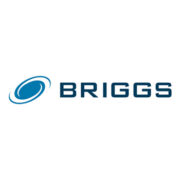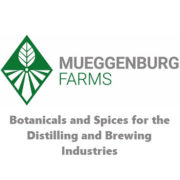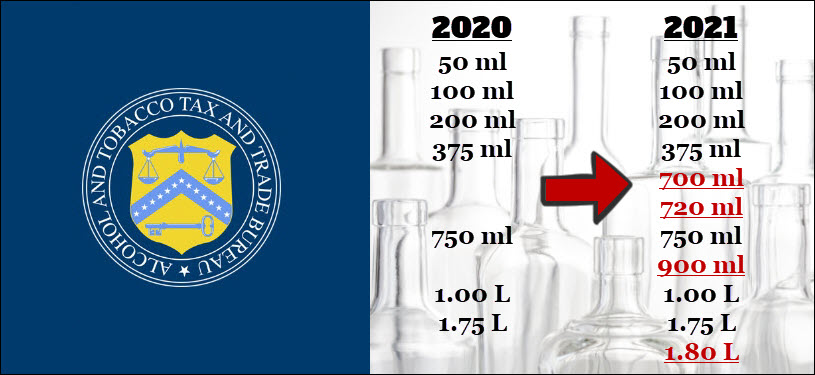
We all like to have choices but sometimes too many choices leads to confusion. When it comes to distilled spirits there are lots of choices. A walk down the bourbon isle at your local liquor will give you lots of choices based on age, proof, finishing techniques, single barrel, small batch, cask strength, state of distillation, mash bill and even all the way down to the yeast strain used to make your bourbon. This abundance of choice is wonderful and helps to fulfill the thirst of today’s distilled spirits buyers.
When it comes down to comparison shopping and pricing things get complicated quickly. In addition to the items mentioned above now throw in bottle sizes and things get even more complicated. The TTB and its related agencies have been setting the standard for bottle sizes since the end of Prohibition. There have been a few changes since the 1930s but not too many. In July of 2019 (Remember 2019, you know when life was simple and masks were something you wore to a Halloween Party?) the TTB put out a request for comment on Wine and Distilled Spirits bottle sizes. Keep in mind that one of the biggest reasons the Alcohol and Tobacco Tax and Trade Bureau – TTB, which is a part of the Department of Treasury, exists is to collect Taxes. Historically standard bottle sizes just made it simpler to keep track of spirits sold and therefore the taxes that were due to the government. In today’s modern world that particular reason is not as big a deal. With that in mind, the TTB put out a suggestion for a new standard.
TTB Proposed a 50ml Minimum and 1.75L Maximum. Period.
On July 1, 2019 the TTB published two deregulatory proposed rules in the Federal Register proposing to eliminate all but a minimum standard of fill for wine (Notice No. 182), and all but a minimum and maximum standard of fill for distilled spirits containers (Notice No. 183). The term “standard of fill” is used in the TTB regulations to refer to the amount of liquid in the container, and the current regulations prescribe certain specific standards of fill for wine and distilled spirits containers sold within the United States. Here are the current distilled spirits standard.
[table “” not found /]The 2019 proposal was intended to eliminate unnecessary regulatory requirements and provide consumers broader purchasing options. And therefore manufacturers broader options as well. The other reason for removing the standard was to allow distilled spirits makers to package their spirits in different sizes for overseas markets where different standards exist.
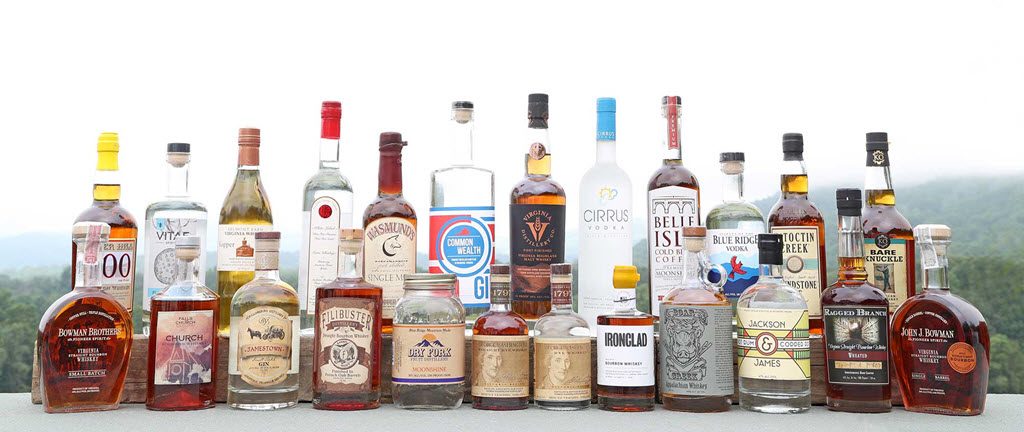
Stay Informed: Sign up here for the Distillery Trail free email newsletter and be the first to get all the latest news, trends, job listings and events in your inbox.
Allow Use of Mandatory Metric Measure and the Option of U.S. Measure
In addition, Notice No. 183, also proposed to amend the labeling regulations for distilled spirits and malt beverages to reflect current policy by specifically stating that distilled spirits may be labeled with the equivalent standard U.S. measure in addition to the mandatory metric measure, and that malt beverages may be labeled with the equivalent metric measure in addition to the mandatory U.S. measure. Similar labeling is authorized for wine labels and has been authorized for distilled spirits and malt beverage labels as a matter of policy, but has not been explicitly stated in the distilled spirits and malt beverage regulations.
The TTB had proposed to eliminate guidelines except to establish a minimum size of 50ml and a maximum size of 1.75 liters. Anything larger would start to fall into the bulk category. After feedback from consumers, consumer groups and the industry the TTB has decided to keep the existing standard but also to add four new sizes for distilled spirits.
TTB Final Ruling on ‘Standards of Fill’ Effective December 29, 2020
Retain Standard Fill Sizes and Add 7 New Sizes for Wine & Distilled Spirits
Let’s face it the TTB is a very busy bunch these days. 20 years ago there were less than 100 distilleries across the country. Today there are more than 2,200 ranging in size from small craft farm distilleries to the larger heritage distillers that have been around for more than a century. Just imagine for a moment the spectrum of questions TTB workers must get on a daily basis from a first time startup distiller that’s a jack of all trades for her one person distillery to a large company where someone’s sole job is to work with the TTB on label approvals.
TTB Issues Final Ruling on Standards of Fill
Here is the TTBs final decision that is effective as of December 29, 2020.
SUMMARY: This final rule amends the Alcohol and Tobacco Tax and Trade Bureau (TTB) regulations that govern wine and distilled spirits containers to add seven new standards of fill for wine and distilled spirits. Although TTB had originally proposed to generally eliminate the standards of fill for wine and distilled spirits, TTB is not adopting that proposal at this time. The amendments described in this final rule will provide bottlers with flexibility by allowing the use of the added container sizes, and will facilitate the movement of goods in domestic and international commerce, while also providing consumers broader purchasing options.
TTB is also amending the labeling regulations for distilled spirits and malt beverages to reflect current policy by specifically stating in the regulations that distilled spirits may be labeled with the equivalent standard United States (U.S.) measure in addition to the mandatory metric measure, and that malt beverages may be labeled with the equivalent metric measure in addition to the mandatory U.S. measure.
Full details of the final ruling can be found here – Addition of New Standards of Fill for Wine and Distilled Spirits; Amendment of Distilled Spirits and Malt Beverage Net Contents Labeling Regulations.
The new standard will continue to include 50mL, 100mL, 200mL, 375mL, 750mL, 1L and 1.75L and will include the addition of four new sizes of 700mL, 720mL, 900mL and 1.8mL. You can also see this broken down in the table above. Distilleries are required to show the metric sizes on bottles and the equivalent standard U.S. measure may also be stated on the container if they choose.
TTB Received 1,300+ Comments on Elimination of Standards of Fill
Of the 1,326 comments TTB received, 1,251 comments address the proposed elimination of the standards of fill. A total of 110 comments support the proposal—40 comments to Notice No. 182, 40 comments to Notice No. 183, and 30 comments to Notice No. 176. Of the 1,141 comments opposed to eliminating the standards of fill—575 commenters to Notice No. 182, 560 commenters to Notice No. 183, and 6 comments to Notice No. 176—960 are nearly identical form letters, a majority of which are associated with three wholesale distributing companies and their employees. If you were wondering if the TTB counts form letters separately from everything else now you know they do.
Commenters supporting the elimination of the standards of fill generally state that the standards are unnecessary, restrictive to producers, and out-of-date. They note that there are no standards of fill for malt beverages or for other consumer products, and state that this does not cause difficulties. They contend that eliminating the standards of fill will result in lower costs for producers, will facilitate international trade, and will provide consumers with more options in beverage alcohol packaging. The American Craft Spirits Association (Notice No. 183, comment 78) states that it surveyed its membership concerning the rulemaking and “found overwhelming support for elimination of the current standards.” It adds that “[i]n order to promote innovation within the industry and competitively enter products into the global marketplace, smaller spirits producers must have maximum flexibility to quickly meet consumer demand as well as diverse regulatory standards.”
Commenters opposing the elimination of the standards of fill cite a number of reasons to retain the standards. The most often cited argument is that the standards of fill prevent consumer confusion. For example, commenters state that eliminating the standards of fill will cause a proliferation of sizes, making it difficult for consumers to compare prices on similar products.
A handful of commenters cite the European Union’s (EU) experience prior to 1990, when it had no standards of fill for distilled spirits. Drinks Ireland (Notice No. 183, comment 77) states that without standards of fill the market situation was “complex, expensive, and confusing for consumers.” The American Distilled Spirits Association (Notice No. 183, comment 111), citing comments submitted in response to the Bureau of Alcohol, Tobacco and Firearm’s 1987 Advance Notice of Proposed Rulemaking (Notice No. 633, June 24, 1987, 52 FR 23685) on standards of fill, notes that the EU’s lack of standards resulted in “a confusing array of bottle sizes being sold side-by-side on retail shelves creating an environment ripe for consumer confusion.”
Numerous commenters state that a proliferation in sizes will cause harm to distributors and retailers. According to many of these commenters, more sizes will result in additional SKUs, which will increase costs for these industry members. Southern Glazer’s Wine & Spirits (Notice No. 183, comment 66) states that the increase in SKUs “will have cascading economic ramifications throughout the entire value chain—from supplier to wholesaler to retailer to the end consumer. It will require major wholesalers, for example, to invest in elevated inventory levels, enhanced material handling capabilities, and increased storage space.”
The distilled spirits 700 milliliter size was supported by 18 commenters, who generally state that the 700 milliliter size is popular in other countries, so approval will facilitate trade and allow U.S. consumers more options in imported distilled spirits. However, several other commenters specifically cite the 700 milliliter size as a size that should not be approved. These commenters state that 700 milliliter is too close to the currently approved 750 milliliter size, and also contend that the size is the most popular bottle size worldwide with counterfeiters. Constellation Brands, Inc. (Notice No. 183, comment 107) states that the “existence of both a 750 ml and 700 ml size in the marketplace could lead to consumer confusion and allow for confusing or misleading pricing practices. The addition of a 700 ml size could also enable sales by unauthorized importers.” Moet Hennessy USA, Inc. (Notice No. 183, comment 100) states that the prohibition against the 700 milliliter size has kept many unauthorized spirits imports out. Approval, it believes, “will `open the floodgates’ for unauthorized spirits imports into the U.S.” It further states that “unreputable operators * * * refill used spirits bottles with different liquid, causing potential serious risk to consumers.”
Other distilled spirits sizes: Three of the petitioned-for sizes—720 milliliter, 900 milliliter, and 1.8 liters—received support from three Japanese trade associations and the Japanese National Tax Agency.
TTB Final Analysis
As discussed above, TTB received 110 comments that expressed support for eliminating the standards of fill, asserting that eliminating the standards will provide them with greater flexibility to meet consumer demands and grow their businesses. TTB received 1,141 comments that oppose eliminating the standards of fill. These commenters contended that eliminating the standards of fill would cause consumer confusion and potentially lead to a proliferation of differing State container size requirements that could cause further consumer confusion. Commenters also expressed concern about significant market disruption.
Based upon these comments, particularly those with regard to the potential consumer confusion, TTB believes that the appropriate action at this time is not to eliminate all standards of fill but instead to identify and authorize specific standards of fill from among those sizes that were the subject of notice and comment and for which TTB received sufficient information to make a determination.
TTB Final Rulemaking
In its final decision the TTB has decided not to eliminate the standards of for wine and distilled spirits. Instead they will keep the existing standards and to add three new wine and four new distilled spirits bottle sizes to the regulations.
TTB is authorizing the addition of the 200, 250, and 355 milliliters sizes for wine and the 700, 720, 900 milliliters, and 1.8 liters sizes for distilled spirits.
Now its time for distillers, distributors and retailers to figure how many of these new bottle standards will make it on to U.S. shelves in 2021 and forward.
Keep in mind these new bottle sizes apply to both exporting and importing of spirits so the first of these new bottle sizes will likely come from imports into the U.S.
Find a Bottle Supplier here.
Get to Know Your Bottle Parts
It’s often said of packaging that you have to grab a consumer’s attention in 10 seconds or less. Learn more about The Bottle: A Critical Component for Your Craft Spirits Brand.
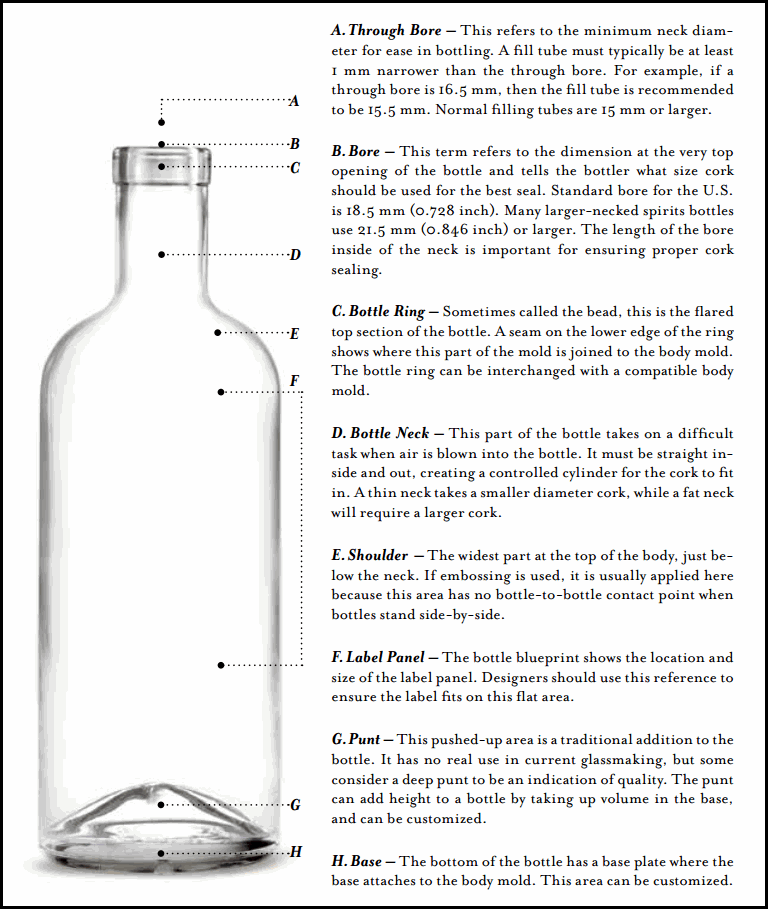
Please help to support Distillery Trail. Sign up for our Newsletter, like us on Facebook and follow us on Instagram and Twitter.

